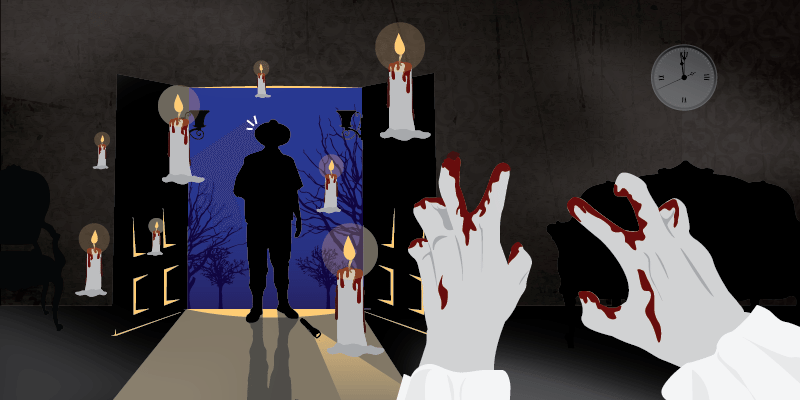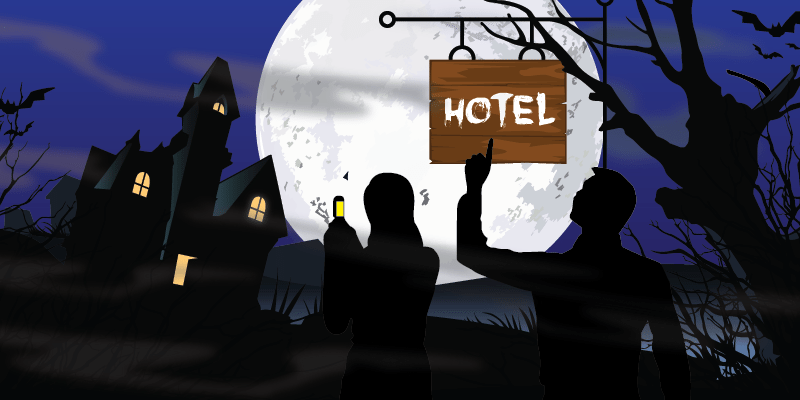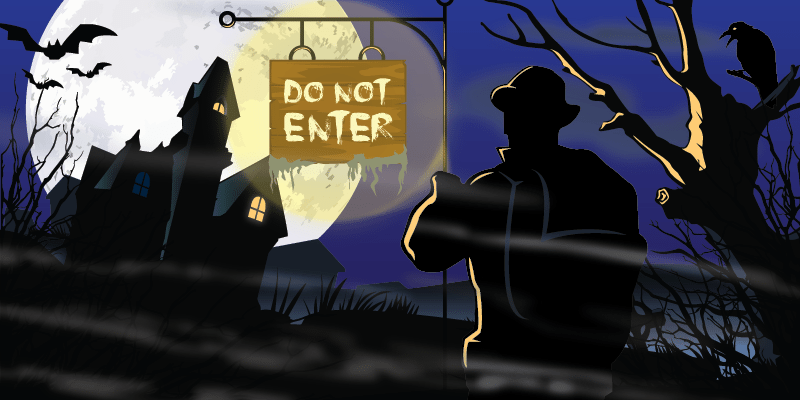If you’re starting to feel invisible in your own presentation, then your audience is most likely bored. Your speech could be too long or your slides too saturated with information no one can read. Another possibility is that your listeners just aren’t interested.
Being in such a situation feels like a downer for both you and your listeners. You might get discouraged especially if you feel you’ve poured all your time and effort into perfecting your pitch. But don’t worry about feeling like an unseen ghost onstage.
There are ways to prevent your presence from fading away completely.
Beware of Red Flags
Sometimes you get so caught up in your presentation that you don’t catch the warning signs of a disinterested audience. Identifying these early on lets you develop a strategy to best engage your listeners. One of these tell-tale signs is squirming or fidgeting.
Studies show that restless listeners are externalizing their boredom. A more extreme example of this is when people constantly check the time or look around for the exit. Alternatively, their eyes could’ve already glazed over, unresponsive to your prompts. Once you notice any of these, it’s time to re-establish presentation presence.
Using the Body

The audience isn’t solely interested in what you’re verbally saying. People cue into how you’re conveying your message through your body language. If they see you projecting your anxieties and insecurities through your body, they might stop listening. But if you manage to assert yourself onstage, you have a better chance of impressing them.
Starting with little things like eye contact can help jolt a distracted audience member into paying attention. Your voice and hand gestures are other tools which allow you to stay in control. Practice your overall stance to convey confidence and command attention. In this case, actions speak just as loud as words.
Rattle Your Chains
Sometimes people don’t realize that their minds are starting to wander. If you think people are starting to get bored with what you’re saying, change your delivery. Breaking your pattern of speech will intrigue them. Doing something different like pausing for 10 seconds before your main idea piques interest.
It might make them realize that you’ve noticed they’re zoning out on you. Another effective way to build up on your major points is by asking a constructive question, like what their opinions are on a certain key point you mentioned. This prompts your audience to focus on what you’re saying, and makes them feel more included in your performance.
Because active audience participation generates positive feedback, engaging your listeners lets you harness the reactions you need.
Practice Your Opener

While it plays an undeniably important part, don’t let your visuals do all the talking for you. Reclaim your audience’s attention by employing the techniques mentioned above. Watch out for presentation red flags to know when you need to improve your presence.
Connect with your audience using the right body language. Command their attention by appearing confident and engaging. Rattle your chains and change up your speech patterns to draw people back to you. Pause between major ideas and ask constructive questions.
But most importantly, rehearse diligently. Consistent practice will make your performance scary good.
References
“Boredom and Restlessness.” Complete Wellbeing. August 22, 2007. Accessed October 23, 2015. www.completewellbeing.com/article/boredom-and-restlessness









